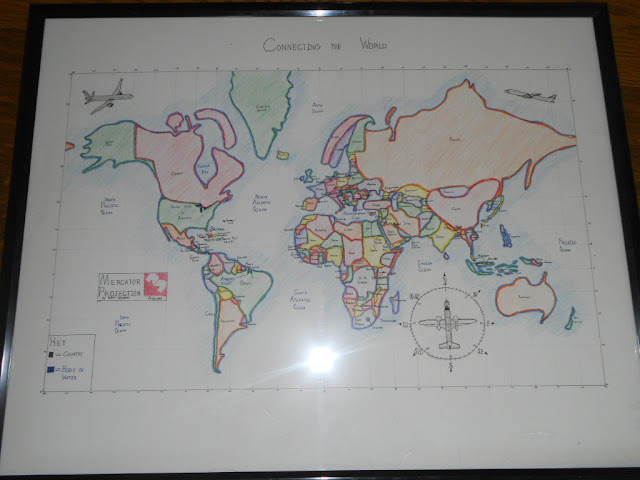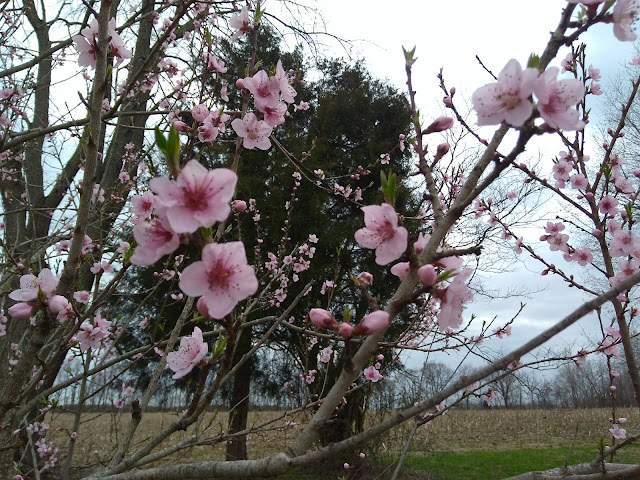Mapping the World: More Than a Party Trick
 |
| Peter's map from 2011 |
Maybe knowing how to draw a world map from memory sounds like a party trick.
Cute.
Kind of fun.
 |
| Amanda's map - 2011 |
But not all that useful.
So why have I had eight of our nine children spend a year or more focusing on world geography, culminating with them making a memory map? (One lone child escaped. She took an online class from an author of a well-known geography program which I thought would be just as good. It wasn't.)
 |
| Australia (practice map by Paul) |
I decided to ask the kids who have already been through a mapping course what they thought, and you might be surprised at their responses.
Kara, our oldest daughter and now a mother watching her own daughters learn, commented on the difference between studying something well enough to take a test but then promptly forgetting it, and memorizing something so that it stays put in one's memory. Knowing the world well enough to actually draw it requires a greater depth of knowledge than it would to simply match up country names and places.
Here are some of the benefits from learning physical geography well enough to draw a world map:
1. World history becomes more meaningful.
Whether you are learning about the British Empire or World War II, knowing where the events took place and understanding something about the type of terrain makes an enormous difference. Ben noted that drawing the world helped him understand just how immense Alexander the Great's empire was when he knew how to draw from Greece to India.
2. A memory maps allow students to put all the pieces together.
Kara told me she remembers making salt clay and other maps of Greece while studying ancient cultures. Somehow though, the locale of Athens, Sparta, and Mount Olympus remained in her mind as an other-wordly place until she was learning to draw Europe. Hey, there's Greece!
3. Students will be able to mentally place the locales of those they meet from other countries.
Peter, a sophomore studying accounting at IU's Kelley School of Business, has classmates from all over the world, and he is glad to be able to recognize their home countries on his mental map. Besides that, he's been taking an international business class, plus pretty much most business is global in one way or another, so it is helpful to have an idea of the way the world fits together spatially.
4. Current events make more sense when an internal memory map puts the events in a specific geographic space.
 |
| Caribbean islands |
Here are some places that have been in the news the past couple of weeks: Vanuatu (cyclone), French Alps (airplane crash), Iran (nuclear arms deal), Syria and Iraq (ISIS.) The students in my co-op geography class should know where each of these places are.
5. Church history and the history of missions becomes more meaningful
I am immensely thankful for our local church family. Yet we are just a tiny sliver of the church universal. Reading about God's work throughout the globe and time is a real encouragement. Besides that, we ought to be praying for our brothers and sisters around the world who often suffer greatly. Knowing where their homes are is a start to caring about these ones. Bible geography becomes real as children learn how the locations of the Old and New Testaments fit into global geography. (Mapping the World with Art begins with the Mediterranean area, and children learn these areas with a fair amount of accuracy and detail.)
Building internal memory map helps students to mentally visualize places instantly, whether those places are ones in the news, in their history lessons, the homes of new friends from afar, or locations where Christ is building His church.
And finally,
6. Tackling a HUGE task and seeing that it can be done by breaking it down into bite-sized pieces teaches important lessons!
This is what Amanda felt was probably the biggest benefit from her year of geography culminating in a memory map. And I agree. If you ask your children if they think they could learn to draw the entire world, adding in either details of city and country names and/or physical features such as mountains, rivers, deserts, bodies of water, and more, they would probably say no. But then they begin to do it, one area of the world at a time. And with hard work, bit by bit, it comes together.
Many worthwhile tasks are similar. They appear enormous at the onset. But when we can break them down into manageable pieces, and then work diligently on each piece, the whole becomes a reality.
 |
| Faith's memory map, 2011 |
Finally, you might want to check out this short video showing a Chinese teacher who rapidly draws the world as he lectures to his students.


Comments